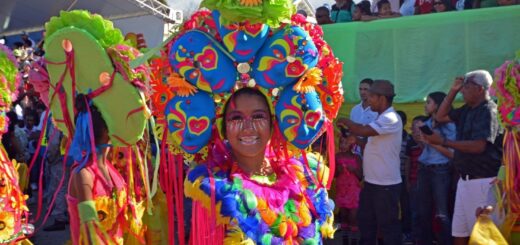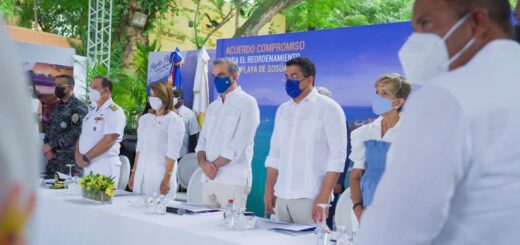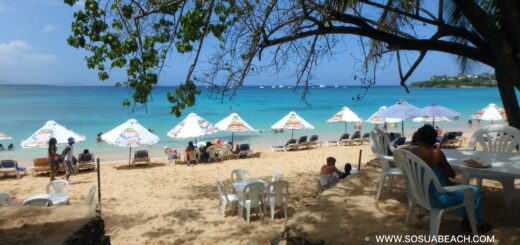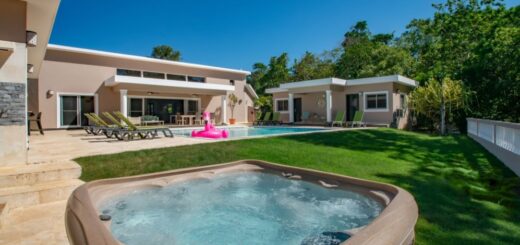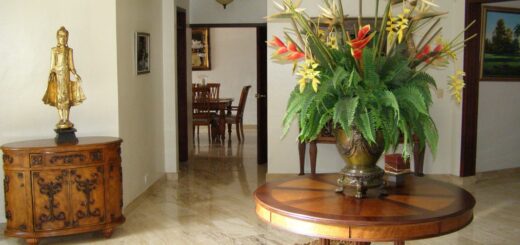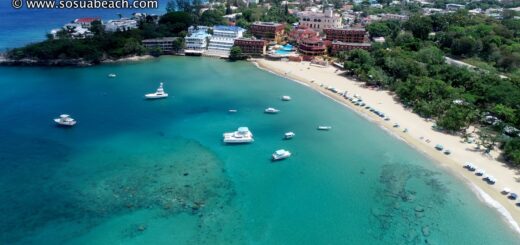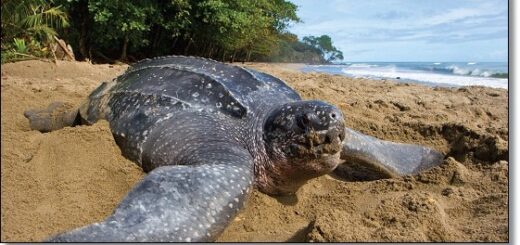New Beach Forms in Sosua, Dominican Republic
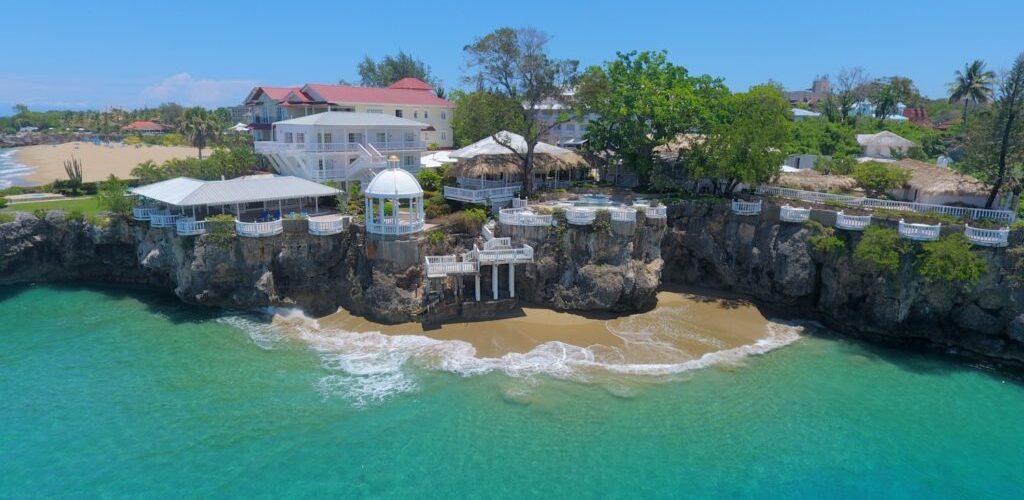
Caribbean island beaches have dazzled many a traveler for centuries, specially since Columbus first set foot in what today is La Isabela, Puerto Plata on October 12th,1492. Dubbed “the most beautiful land ever seen by human eyes“, by Columbus himself, these words would mark the fate of the Atlantic Coast as a major tourist destination until present day. The beauty of the North Coast`s landscape is primarily its beaches, and here we are providing information on the nature of beaches, specially those affected by the North winds and its currents.
First let`s read a brief intro from NASA`s Earth Observatory: “Beaches are dynamic, living landscapes. Spend a day on the beach and you see the micro scale — in the grains of sand blown by winds, tumbled by the surf, or carried out in your shoes. Spend a week, and you see sandbars and wading pools arise and disappear. Spend a year, and you see dunes grow, shrink, and migrate. When you look across decades and centuries, you see the landscape evolving on a wider scale, but still one that humans can experience.”
A more complete explanation on the subject of actively changing beaches can be found in this article.
In the North Coast of the Dominican Republic we are used to seeing shifting sand changing the landscape along the coast, specially when weather gets rough. The beaches near Imbert Beach, Casa Marina, Playa Laguna, Hideaway, Cabarete, and other locations along the shore line are all affected by the same phenomenon. Cabarete Beach`s erosion is thought to be the main “supplier” of sand to these new shifts, as the coast line has shrinked in the past 10 years.
MAJOR CHANGES IN LANDSCAPE
The first major change occurred around the year 2001, when the water front at the “calle sin salida” of Sosua started the same natural process of bringing sand, which after several months became larger and essentially became what is now Alicia Beach ( it grew twice its size the past 6 years or so ).
The second major change recorded in history is the formation of a second beach, that started the same process of shifting sand from one location to another ( the beach next to Imbert was washed into the ocean, at the same time the sand path was recorded moving to the shores of the Piergiorgio`s Puntilla Hotel shore ). This event started in late December and was more noticeable in early January.

he beach sand along one beach is moved by the ocean to a new location, forming a new beach within 4 months.
At the same time this happened, Alicia Beach grew about 10-15% in size and mass ( expanding to the front of Los Balcones building), closer to Piergiorgio Hotel. The whole process of the newborn beach, as of May 1, 2017 took about 4 months to complete. What remains to be seen is whether the new beach will grow as Alicia`s, retreat back to its original source or remain its current size.

The moving sand was seen for weeks going East West. Aerial photo courtesy of Sosua Social.
No major report of tectonic activity in the Puerto Plata – Sosua area is reported during that period. ( see graph below ). This seems more like the natural shifting process we are used to seeing in the North Coast, now amplified by climate change in the past few decades ( read more on beach erosion in this Scientific American article). The interesting part is the fact that beach erosion can be a one way process, whereas in the North Coast the sand does come back ( or is replaced ) every now and then ( 2-4 months ). The rise of sea levels due to climate change is the major culprit of the changing coastal line, and these severe shifts according to scientists.
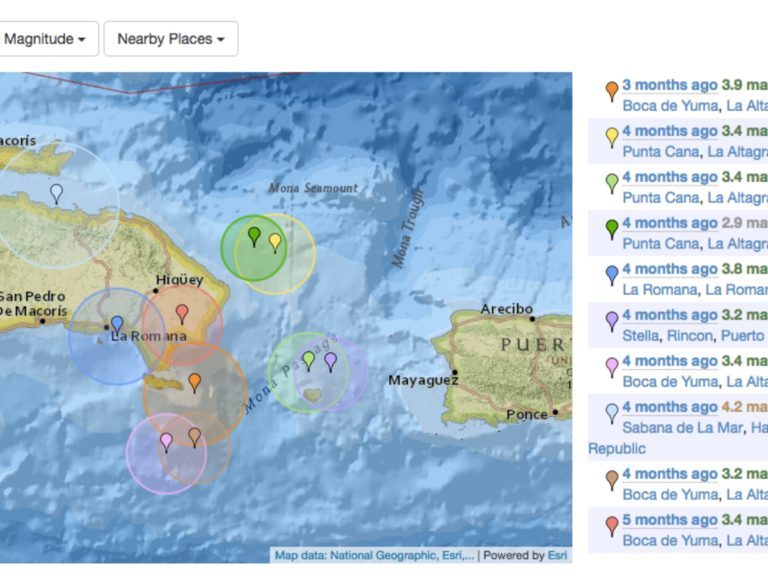
Tectonic activity in the area during those months
Stormy weather in the past 45 days ( and the effect of neap tides ) have again affected the landscape along the North Coast, and this seems to be the reason we are seeing a larger Alicia Beach and a newborn Piergiorgio Beach next to Sosua Beach. This in a period of 4 months, not days as misinformed in the social media. Earthquakes rarely happen in the area of Puerto Plata and its beach towns, although it is a natural occurrence of the living Earth in many other places, hence the formation of natural landscapes as we know them.
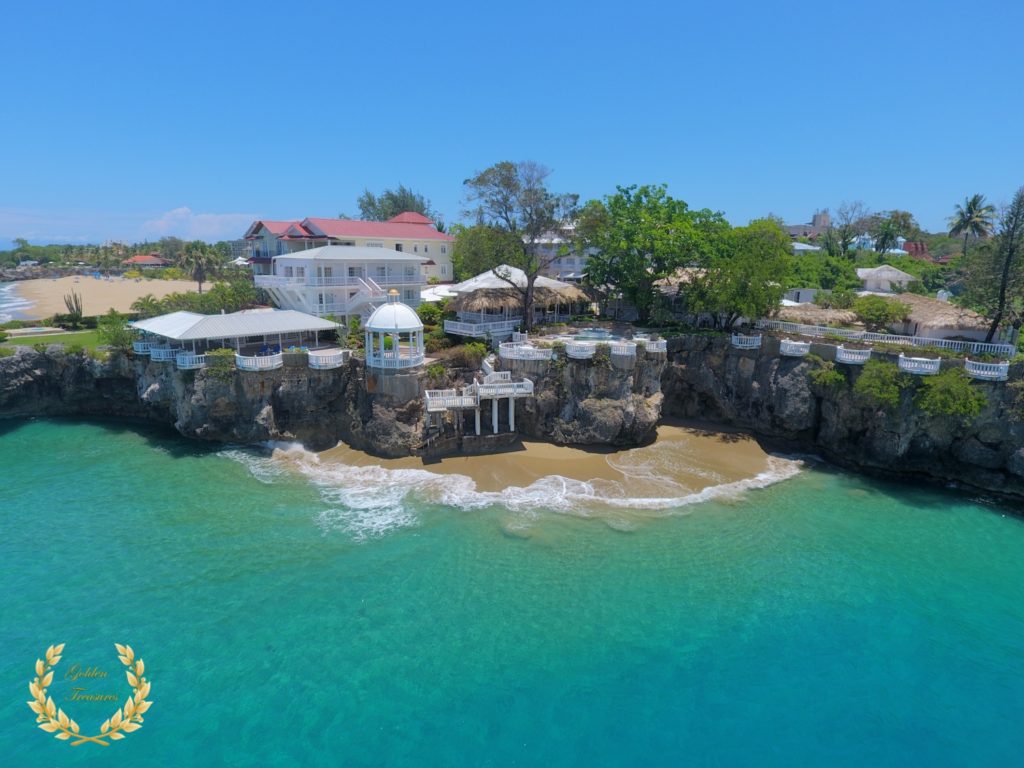
Piergiorgio Beach is the newest attraction getting shaped by nature in Sosua, DR.
WHAT THE EXPERTS SAY:
Local DR experts pointed to neap tides ( Marea de Cuadratura ) as the main reason. A spring tide is a common historical term that has nothing to do with the season of spring. Rather, the term is derived from the concept of the tide “springing forth.” Spring tides occur twice each lunar month all year long without regard to the season. Neap tides, which also occur twice a month, happen when the sun and moon are at right angles to each other.
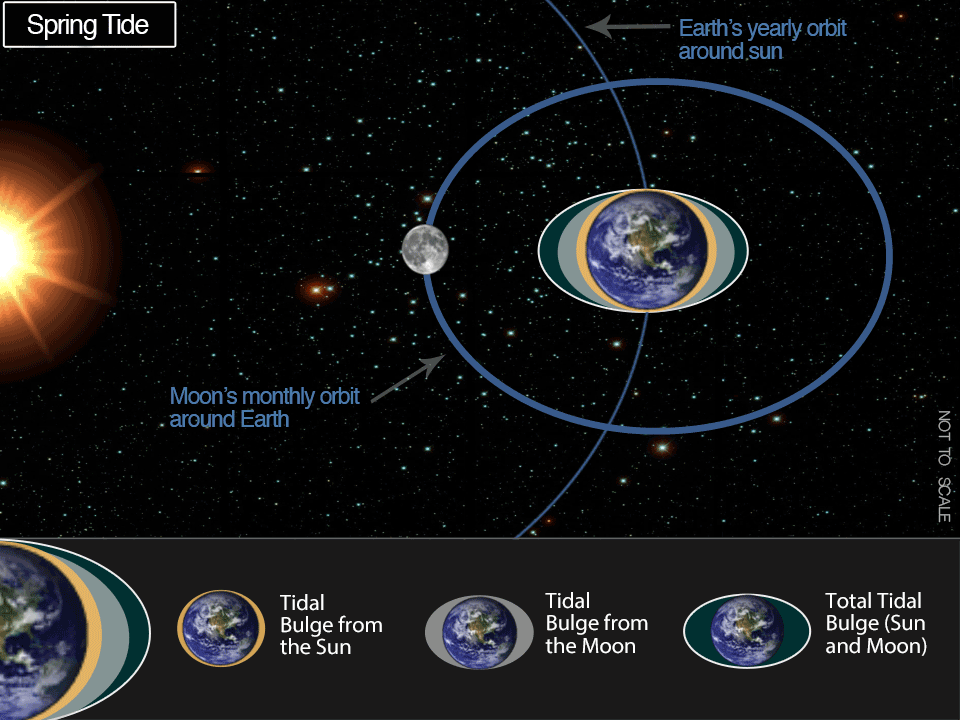
Spring tides are considered the cause of tidal shifts.
Image courtesy of NOAA, please visit their page to read the full article on neap tides ( also called spring tide ).
Read more on the subject: Diario Libre / El Caribe / El Dia / Meteorologia RD
Disclaimer: The author is not a geologist, but an observer of weather changes and coastal land for the past 10 years in the area of Puerto Plata, Sosua, Cabarete, Cofresi and Cabrera for the purposes of real estate and vacation rental investments.



